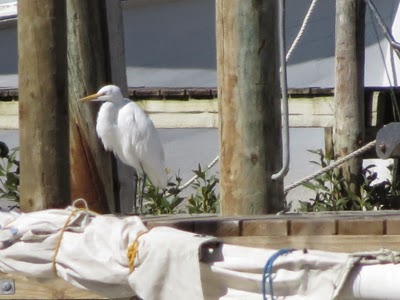Welcome to the Midnight Collective Broadsheet 73
Actively
supporting NZ’s endangered wetland birds
 |
| White-faced heron -Pauatahanui inlet |
We haven’t seen a great deal of this elegant and graceful bird
over the past summer but in the
last week have managed to run into three –one at the Waikanae River then two
more down at the Pauatahanui Inlet where there are sometimes up to 5 birds
though they remain loners and unlike the spoonbills, are rarely seen feeding in
groups.
You get a sense of how scary it must be to be inanga (small
sprats) or frogs, waiting in what you think is adequate cover as the sleek, fierce shadow of this
bird with her x-ray vision comes stalking passed. We have left our film silent
to try and gain a sense of the grace and peacefulness you find in wetland
areas though at the start of the Waikanae section you can see the bird hoist an
inanga out of the river and flick it up then swallow in one movement, spraying
off the water. We had trouble keeping up with it. Then there were people and
dogs walking along the opposite bank and that is what is causing the bird to
bolt into deeper water.
A heron used to be a regular at the dune lake and then, through autumn you might run into one feeding in the Wharemauku creek or at the
back of the airport. We haven't seen them however, since the expressway
excavators got going. A female would bring her fledgling down to feed. She looked
pretty exhausted at the end of the breeding season and was initially very shy,
but then seemed to get used to us hanging around with a camera. There was
always plenty of food, which is the main attraction but being such big birds they are vulnerable to dogs, especially when they take it into their heads to
get down into the creek. Yet we never saw one in trouble; nor any of the shags
that also haunt the creek around this time of year.
 |
| White-faced heron feeding in the Waikanae River |
We have used a photograph of one of these herons perched in a
stand of california pine (radiata), as a flyer for the plight of this rare
dunelake. But now the birds have gone and so to, the stand of pine an indication
of how quickly this haven is disappearing.















